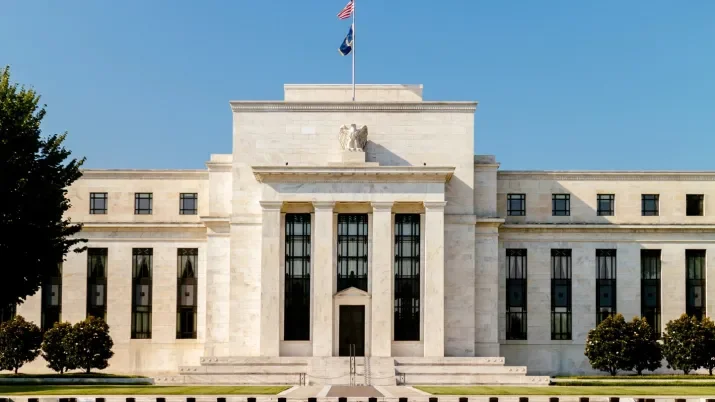
That shrinking feeling: Money supply tightens as rate hikes feed through
Following the recent publication of the European Central Bank's monthly “Monetary Developments in the Euro Area” report, Felipe Villarroel takes a deep dive into how this report evidences the impact that successive rate hikes are having on the economy








